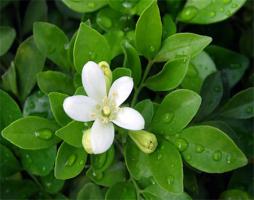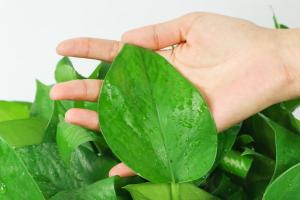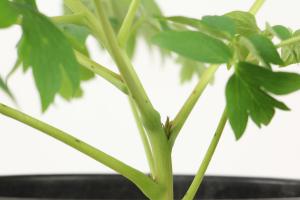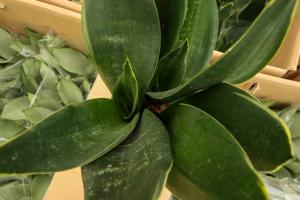Why Do Newly Planted Trees Turn Brown in Late Summer
Newly planted trees are an essential part of any landscaping or gardening effort. However, nothing could be more frustrating than witnessing them turn brown and wither in late summer. This is a common phenomenon experienced by many gardeners and homeowners, but few seem to know the exact reason for this. In this article, we will explore why newly planted trees turn brown in late summer and what you can do to keep them healthy and thriving.
Drought Stress
Drought stress is the most probable cause of newly planted trees turning brown. Trees that have just been planted usually have limited root systems, making them particularly vulnerable to fluctuations in moisture levels. During the summer months, there is high evaporation rates, making it difficult for the trees to secure enough water to sustain their growth. As a result, the leaves start to turn brown, and the tree eventually dries up.
Inadequate Watering
Inadequate watering is another major factor that causes newly planted trees to turn brown. Many gardeners tend to overwater their trees, which may result in root rot, while others underwater them, which deprives the trees of the necessary moisture they need to thrive. Proper watering is essential to ensure that the tree's roots are adequately hydrated and can establish themselves in the soil. It is recommended that you water your newly planted tree deeply, once a week, and more frequently during hot and dry weather.
Transplant Shock
Transplant shock is another common reason for newly planted trees turning brown. It refers to the physiological stress that trees experience when they are uprooted and transplanted from one location to another. This shock can cause the tree's leaves to turn brown and fall off. However, the condition is usually temporary, and the tree can recover if given proper care and attention. To minimize transplant shock, ensure that you plant the tree at the proper depth and avoid disturbing the roots during transplanting.
Pests and Diseases
Pests and diseases can also cause newly planted trees to turn brown. Insects, such as borers, aphids, or spider mites, can damage the leaves and bark of the tree, while diseases, such as root rot, can cause the roots to wither and die. The best way to prevent pest infestations and diseases is to ensure that your tree has enough water and nutrients to establish healthy roots and that you regularly check for any signs of damage.
Conclusion
There are many reasons why newly planted trees turn brown in late summer. However, with proper care and attention, you can minimize the risk and ensure that your trees thrive. Always water your trees deeply, once a week, and monitor them regularly for any signs of pests or diseases. With time, patience, and care, your newly planted trees will grow and prosper, adding beauty and value to your home or garden.

 how many times do yo...
how many times do yo... how many planted tre...
how many planted tre... how many pine trees ...
how many pine trees ... how many pecan trees...
how many pecan trees... how many plants comp...
how many plants comp... how many plants can ...
how many plants can ... how many plants and ...
how many plants and ... how many pepper plan...
how many pepper plan...






























